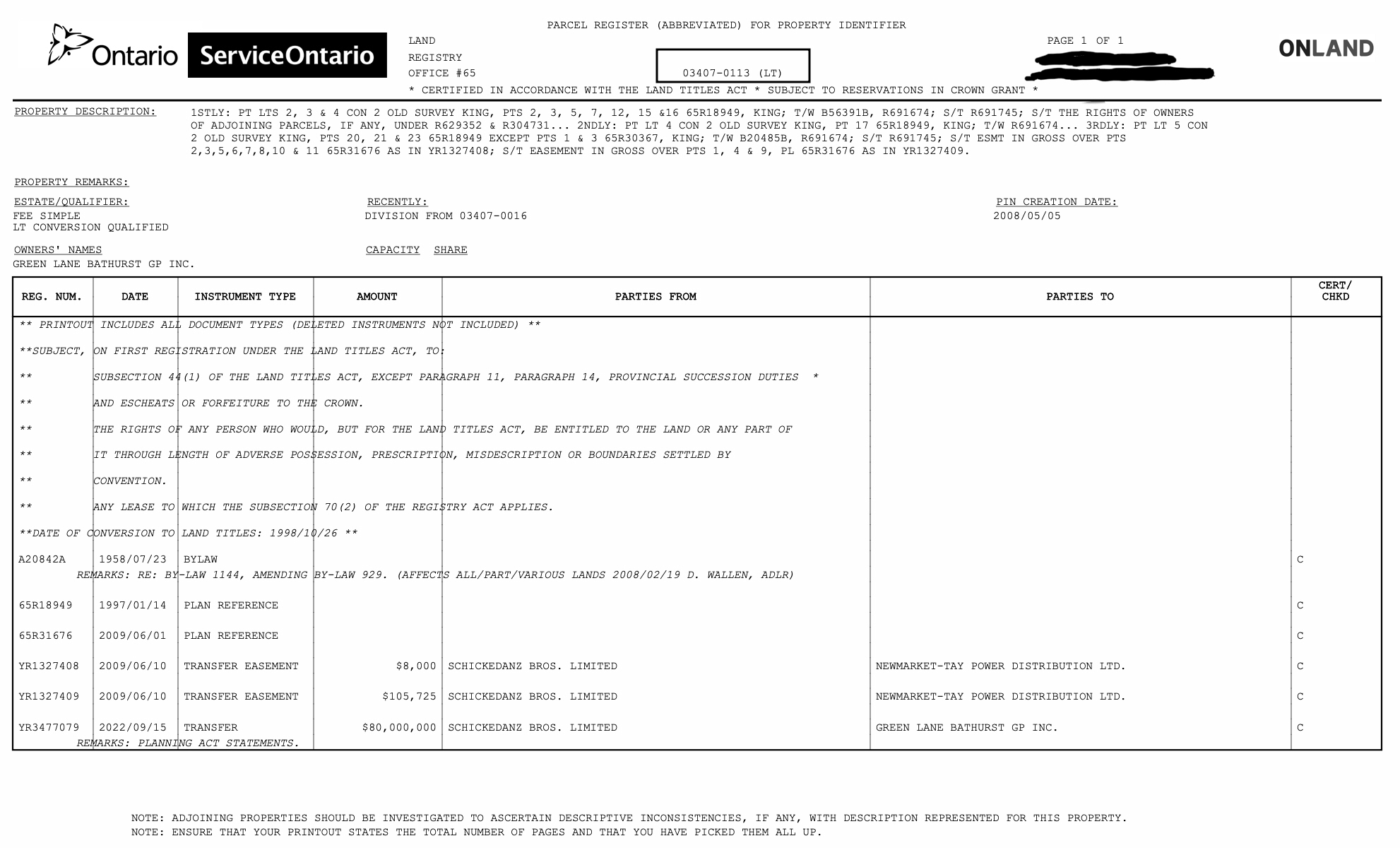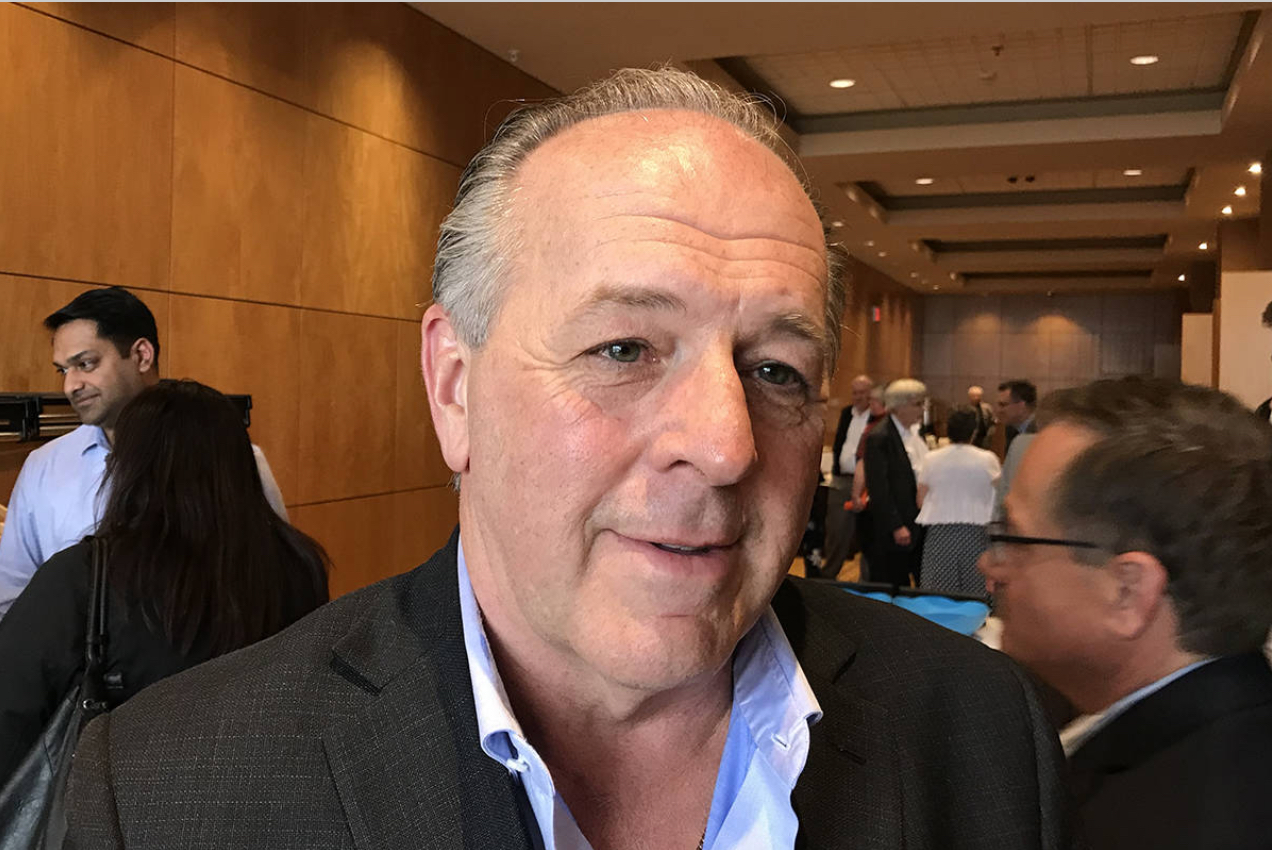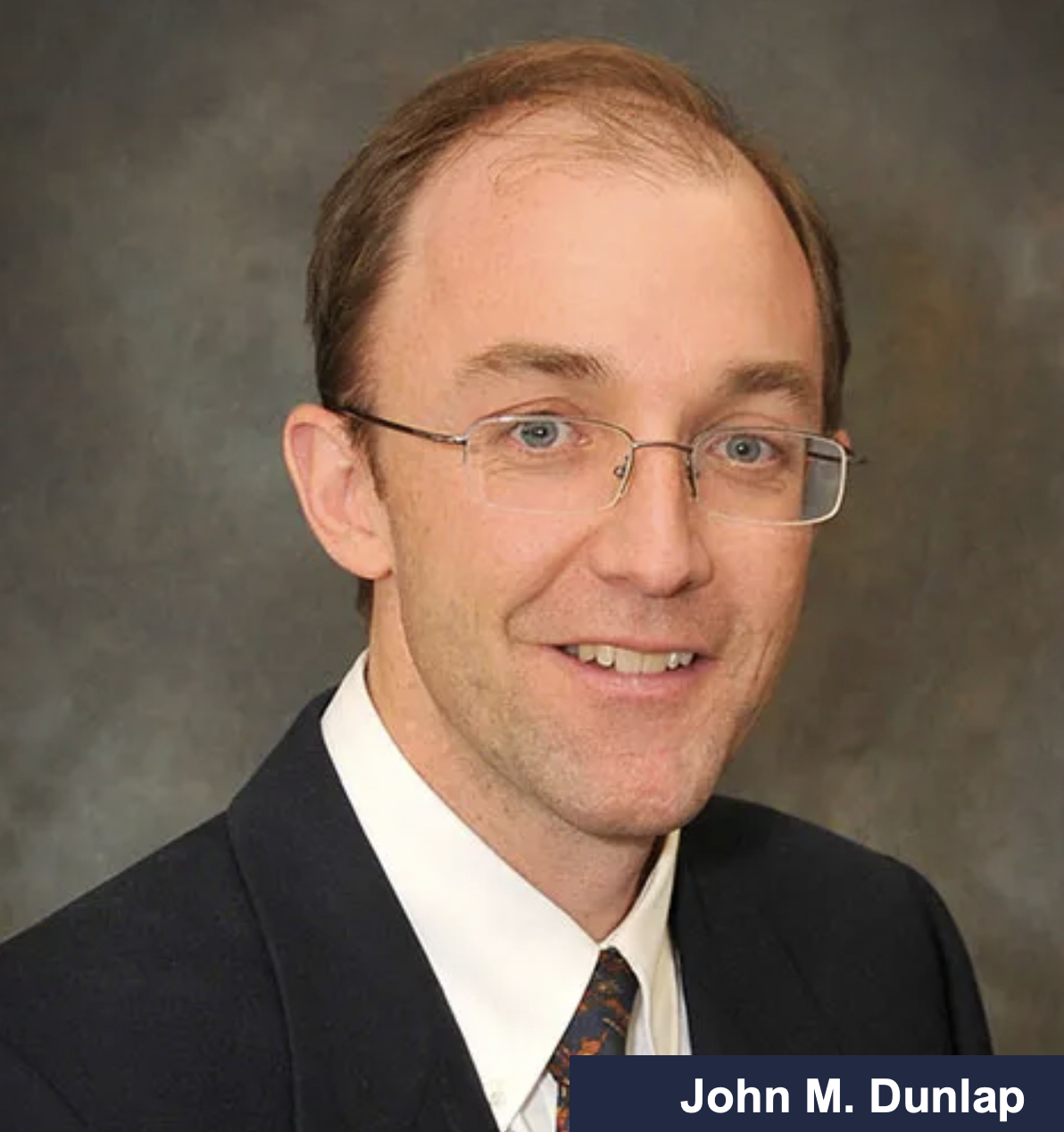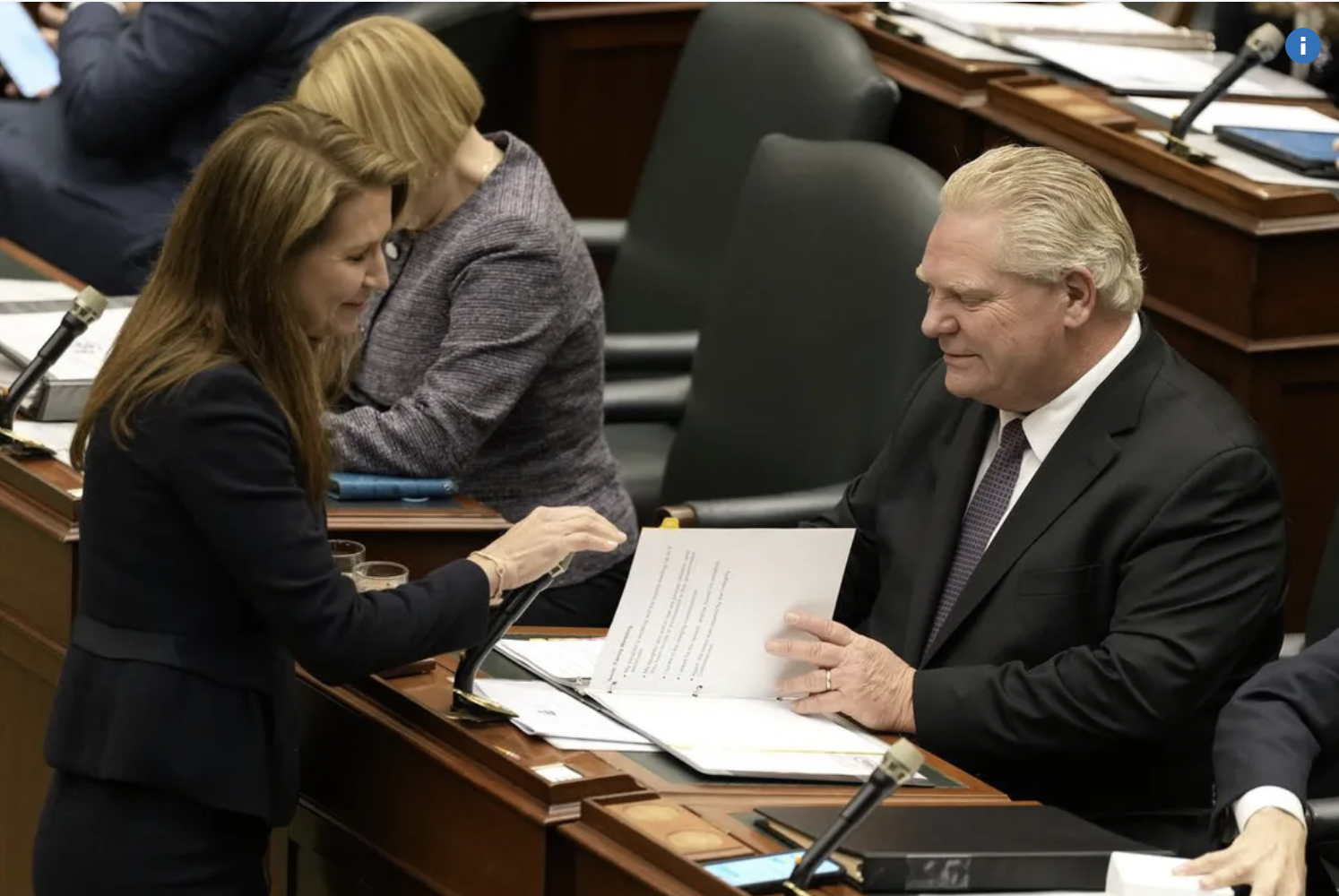- Details
- Written by Gordon Prentice
Luca Bucci, the former Chief of Staff to Municipal Affairs and Housing Minister, Steve Clark, and now Chief Executive of the Ontario Home Builders Association (OMBA), told "industry leaders" in a state of the union address on 24 April this year that they were now shaping Government policy.
At the home builders' dinner Bucci boasted:
“We helped the government create and implement Bill 23. We employed a province-wide advocacy campaign that we pulled together in five days.
We completed 29 consultations and submissions on Bill 23 in a little over a month.
We have achieved changes in the interest rate treatments for deposits under the Condominium Act.
We have helped expand urban boundaries in Hamilton, Ottawa, in Waterloo region and other areas of the province in the face of incredible opposition. (Applause) Thank you. (Prolonged applause)
We achieved comprehensive changes to development charge regimes.
We ended site plan requirements for sites at ten units or less which is a big win for our small to medium sized members.
We froze parkland rates on the date that zoning bylaw our site plan application is filed.
We eliminated public meetings that were unnecessary on issues of draft plan and subdivision and we worked with the government to allow for three residential units as of right on most land zoned for residential development without even a municipal by-law amendment.”
Click “read more” below” for the text of the speech.
Before joining the OHBA in April 2022, Bucci served as Chief of Staff to the Minister of Municipal Affairs and Housing from January 2021 until April 2022. He joined the OBHA when Bob Schickedanz was its President. Schickedanz sold the Greenbelt lands in King to developer Michael Rice for $80M on 15 September 2022. The lands were removed from the Greenbelt on 21 December 2022.
This email address is being protected from spambots. You need JavaScript enabled to view it.
See also: Timeline: Southlake and the Sale of the Greenbelt lands in King and The new Southlake was planned to be built on Greenbelt land owned by developer Michael Rice and former hospital Board member John Dunlap
Who’s Who
Bob Schickedanz: Former President of the Ontario Home Builders Association and Principal of Schickedanz Bros who sold the Greenbelt land in King on 15 September 2022.
John Dunlap: the real estate broker acting for Schickedanz and a member of the Southlake Board until September 2022.
Michael Rice: A developer and President of Green Lane Bathurst GP Inc which bought the land.
Luca Bucci: the former Chief of Staff to the Minister of Municipal Affairs and Housing who served from January 2021 until April 2022 when he joined the Ontario Home Builders Association as its Chief Executive.
Steve Clark: The Minister of Municipal Affairs and Housing who announced on 4 November 2022 that certain specified parcels of Greenbelt land – including the lands in King owned by Rice - would be opened up for development.
Steve Pellegrini: Four term Mayor of King Township who was given a commitment by Michael Rice at an in-person meeting on 1 November 2022 that portions of the Greenbelt land in King would be offered to Southlake Regional Heath Centre for a “nominal fee”. Southlake’s CEO, Arden Krystal, and Vice President, John Marshman, were present.
- Details
- Written by Gordon Prentice
On 17 April 2023 the Auditor General contacted the developer Michael Rice asking him to attend for interview in connection with:
"an audit looking at the recent changes to the Greenbelt and their economic implications, including their effect on Ontario's housing goals."
On 27 June 2023 the Auditor General issued a summons requiring him to attend her offices and be examined under oath.
On 5 July 2023 Rice made an application to the Superior Court of Justice requesting the Court to quash the summons. You can read the application in its entirety by clicking "read more" below.
Lawyers for Rice say he will swear an affidavit (which we do not yet have) which will be presented along with other documentary evidence at the hearing of the application.
We do not know when that will be.
In the light of this, it will surprise me if the Auditor General is able to pull everything together by September 2023 - as the Auditor General's Office has indicated.
Bonnie Lysyk's ten year term as Auditor General ends on 2 September 2023.
Michael Rice bought the Greenbelt land in King from Bob Schickedanz on 15 September 2022 for $80M. Schickedanz is a former President of the Ontario Home Builders Association whose Chief Executive is Luca Bucci who previously worked as Chief of Staff for Steve Clark, Minister of Municipal Affairs and Housing. The land agent who facilitated the sale, John Dunlap, was, at the time, a member of the Southlake Board. He owns land adjacent to the Rice lands.
This email address is being protected from spambots. You need JavaScript enabled to view it.
See also: Timeline: Southlake and the sale of the Greenbelt lands in King and The new Southlake was planned to be built on Greenbelt land owned by developer Michael Rice and former hospital Board member John Dunlap

- Details
- Written by Gordon Prentice
The Toronto Star reports this evening that prominent developers say the auditor general’s demand for records and interviews are vague and overreach her authority. 
Michael Rice is one of them. (photo right)
He bought a huge 2.8 sq km block of Greenbelt land in King from Bob Schickedanz, the former President of the Ontario Home Builders Association, for $80M on 15 September 2022.
On 1 November 2022 he offered some of that land to Southlake for a new acute hospital for a nominal fee.
That was three days before the Government announced it would be allowing development in cerrtain areas of the Greenbelt - including the Rice lands.
The Ford Government removed the Rice lands from the Greenbelt on 21 December 2022.
The Toronto Star article is here.
Numerous witnesses
Ontario’s Integrity Commissioner, David Wake, told us in March that he was prepared to summon “numerous witnesses” to find out if anyone had inside information about the removal of land from the Greenbelt and profited as a result.
At the time I called for those summonsed to be questioned under oath.
Cut the ****
Here marketing strategist Melissa Schenk teams up with Bob Schickedanz to tell us it is time to cut the **** and build more homes. They don't say that thousands of planning approvals have been granted all over Ontario, sometimes decades ago, but developers refuse to build.
This email address is being protected from spambots. You need JavaScript enabled to view it.
Update on 13 July 2023: From the CBC. Michael Rice and the Auditor General. And from the Toronto Star: Doug Ford criticizes Auditor General over Greenbelt investigation.
See also: Timeline: Southlake and the sale of the Greenbelt lands in King
- Details
- Written by Gordon Prentice
King landowner and former Southlake Board member John Dunlap met King Mayor Steve Pellegrini to discuss the possible location of a new acute hospital in the municipality. 
I do not know when this meeting took place. Or if the land in question was still in the Greenbelt. (The Rice lands were removed from the Greenbelt by the Ford Government on 21 December 2022.)
I do not know if Dunlap sought the meeting as a private individual with substantial land holdings in King (adjacent to the Rice lands) or as a member of Southlake’s Board (until September 2022). Or, perhaps, he was wearing his hat as the land agent who sold the Schickedanz Greenbelt property to the developer, Michael Rice.
If we are to disentangle all the strands, the date of the meeting is relevant. Perhaps Pellegrini made the first move. I don’t know. And I don’t know what else was on the agenda.
In May 2023 I filed a Freedom of Information request with King Township asking if Pellegrini had met John Dunlap at any point from 2019 to 2022 to discuss (a) the possible location of a new hospital in King and (b) the offer of land for such a purpose.
The Township now admits there was a meeting but I have to wait, perhaps, another month to get all the details as “third parties” have to be consulted. This is how the system works.
King Mayor Steve Pellegrini is on record saying he has been pressing for a new hospital in his municipality since 2019.
Moving the idea forward
Pellegrini told the King Sentinel:
“I have been moving this idea forward since 2019 – on different lands, with different landowners. At the time of our meeting, I brought the idea of a hospital forward to the Rice Group and they were open to discussion.”
In the light of that unequivocal statement, I filed an FOI with King Township asking for details of all meetings Pellegrini held with King landowners concerning the possibility of a site in King for a new hospital. That FOI is in the works.
Curiously, King tells me that over all those years from 2019 there was no formal mechanism in place for consulting landowners. It remains a mystery how Pellegrini “moved the idea forward”.
Truth
We know that Pellegrini doesn’t always tell the truth. And that complicates things.
The Globe and Mail editorial on Saturday nicely sums up the problem:
“The default belief in politics is that secrecy is less risky to the people in charge than transparency, and, in too many jurisdictions in Canada, that’s still true. Following access-to-information rules by the most parsimonious possible interpretation – or not at all – is the inevitable outcome.”
There are few, if any, consequences for politicians like Pellegrini who dissemble.
So. What do I want?
Pellegrini telling the truth would be a good place to start.
This email address is being protected from spambots. You need JavaScript enabled to view it.
See also: Timeline: Southlake and the sale of the Greenbelt lands in King
- Details
- Written by Gordon Prentice
Doug Ford has a long history of cronyism. 
So we shouldn’t be surprised to read in this morning’s Toronto Star that:
“More than a dozen of the recipients of a controversial new honour for Ontario lawyers donated to either Attorney General Doug Downey’s election campaign or his riding association.”
They will join Transportation Minister Caroline Mulroney KC who was called to the Ontario bar just a few days before the announcement.
But, for me, it is Ford’s brass neck that fascinates.
He will always do what he thinks he can get away with.
Gravy Train
Ten years ago Toronto City Councillor Doug Ford promised to end the gravy train at Queen’s Park. And now, as Premier, he regularly uses patronage to reward his friends and grease the wheels of government.
The man is totally shameless.
As it happens, twenty five years ago I argued in the UK Parliament for the abolition of Queen’s Counsel. The then Government reviewed the system and brought in some much needed reforms. The title QC (now KC) was retained. (Click read more below.)
This email address is being protected from spambots. You need JavaScript enabled to view it.
Update on 12 July 2023: From the Toronto Star: "I didn't see a list says Ford"
Update on 18 July 2023: From the Toronto Star: Advertising KC status may violate Law Society rules and We're gonna fix that process says Ford
Read more: Doug Ford, Cronyism, and the King’s Counsel Controversy
Page 36 of 286